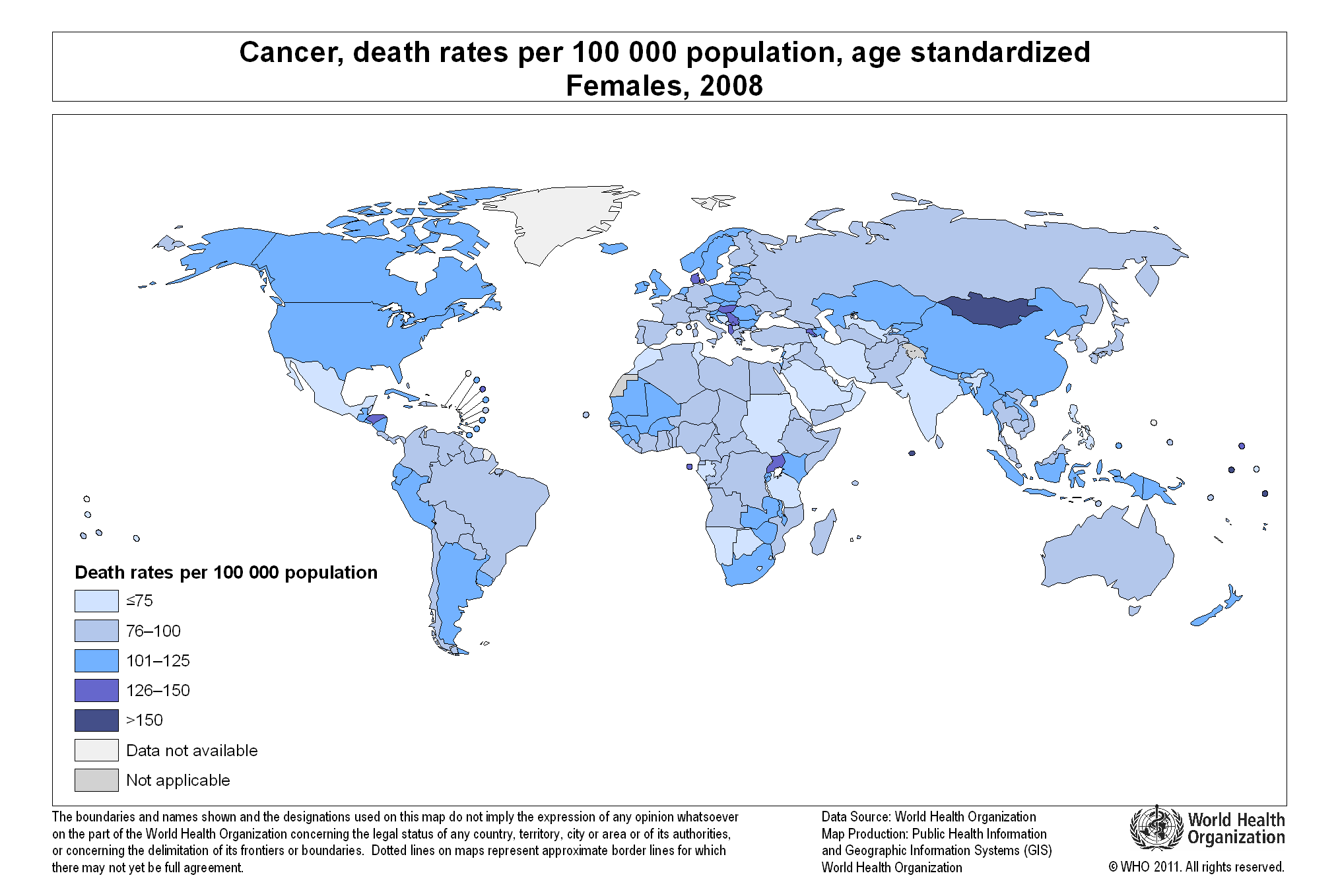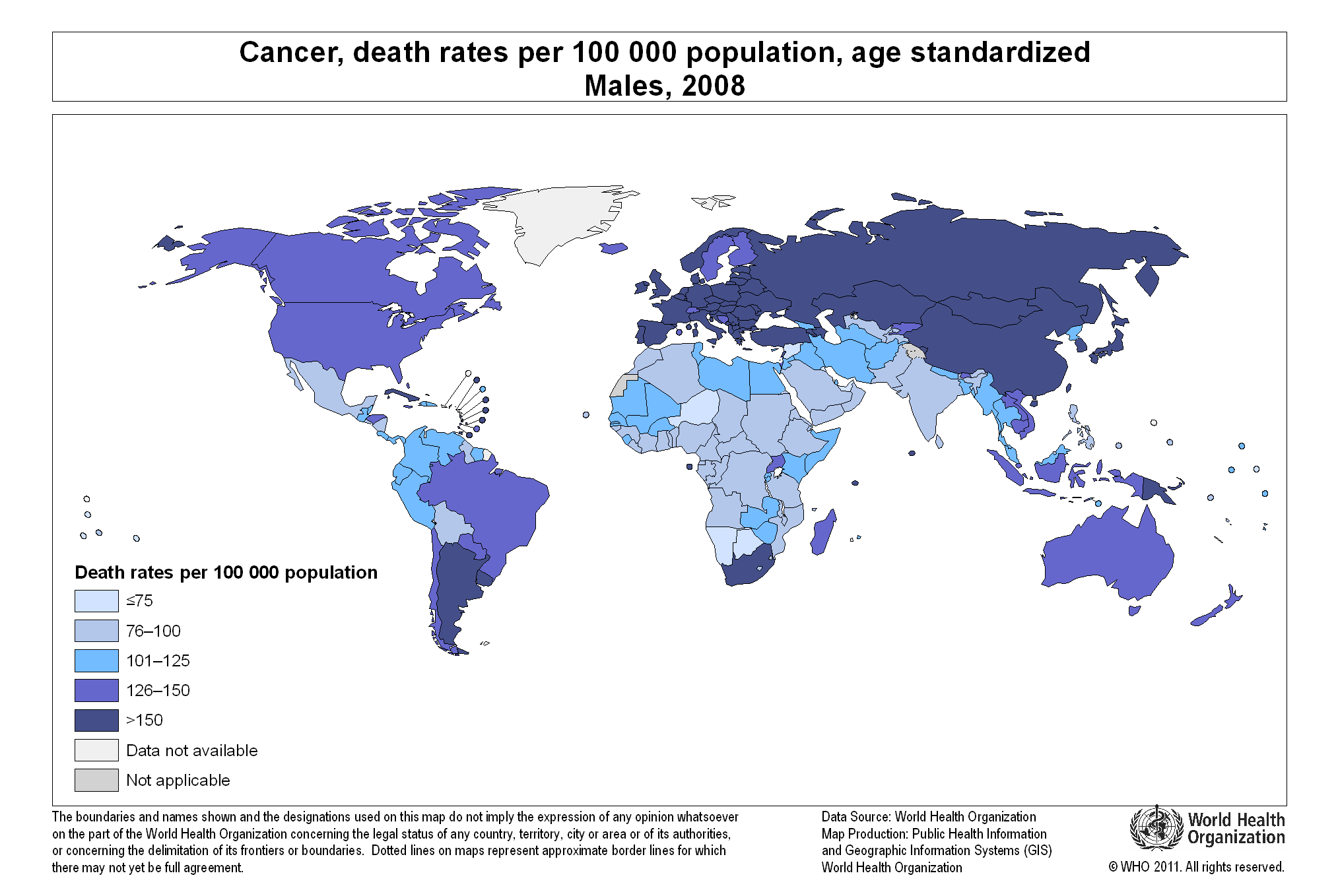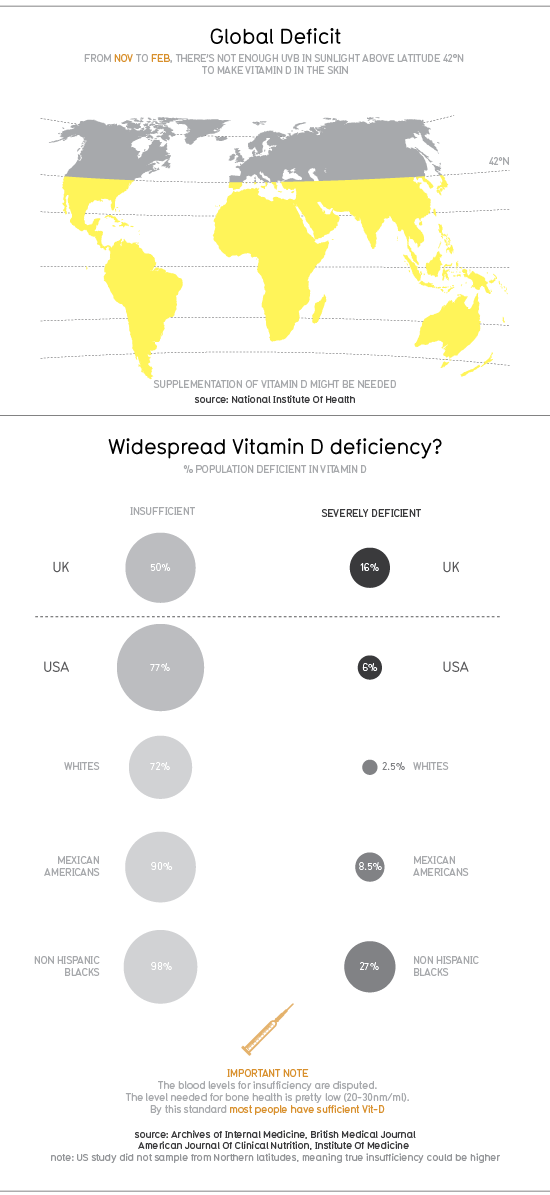 Outdoor air pollution kills more than a million people every year globally. This map by the World Health Organization (WHO) shows the number of deaths caused by urban air pollution (UAP) per 1,000 people.
Outdoor air pollution kills more than a million people every year globally. This map by the World Health Organization (WHO) shows the number of deaths caused by urban air pollution (UAP) per 1,000 people.
Based on data for 2002, the highest number of deaths caused by UAP occurred in Argentina and Uruguay in the Americas; Ukraine, Romania and Bulgaria in Europe; Iraq, Turkey, and Azerbaijan in Asia.



